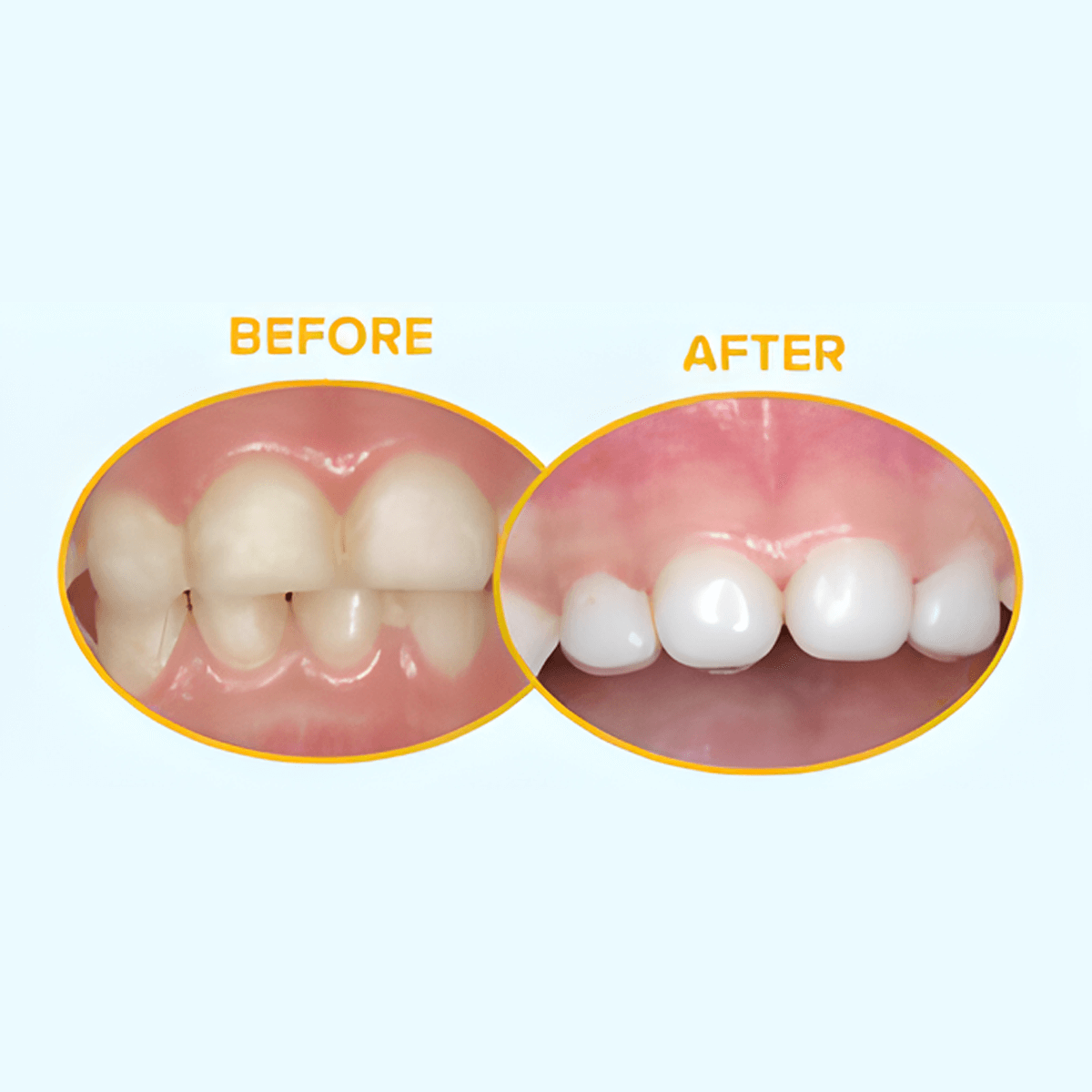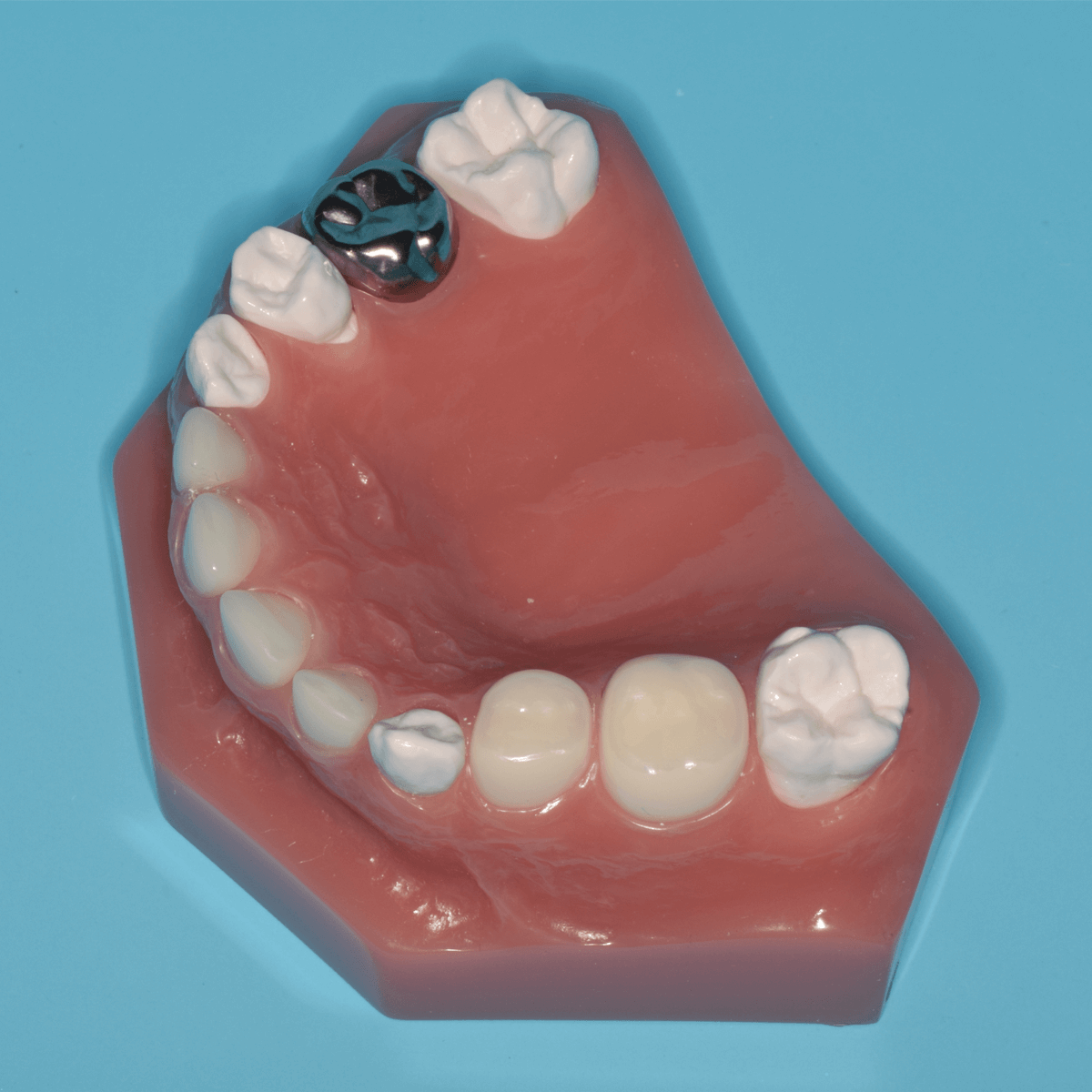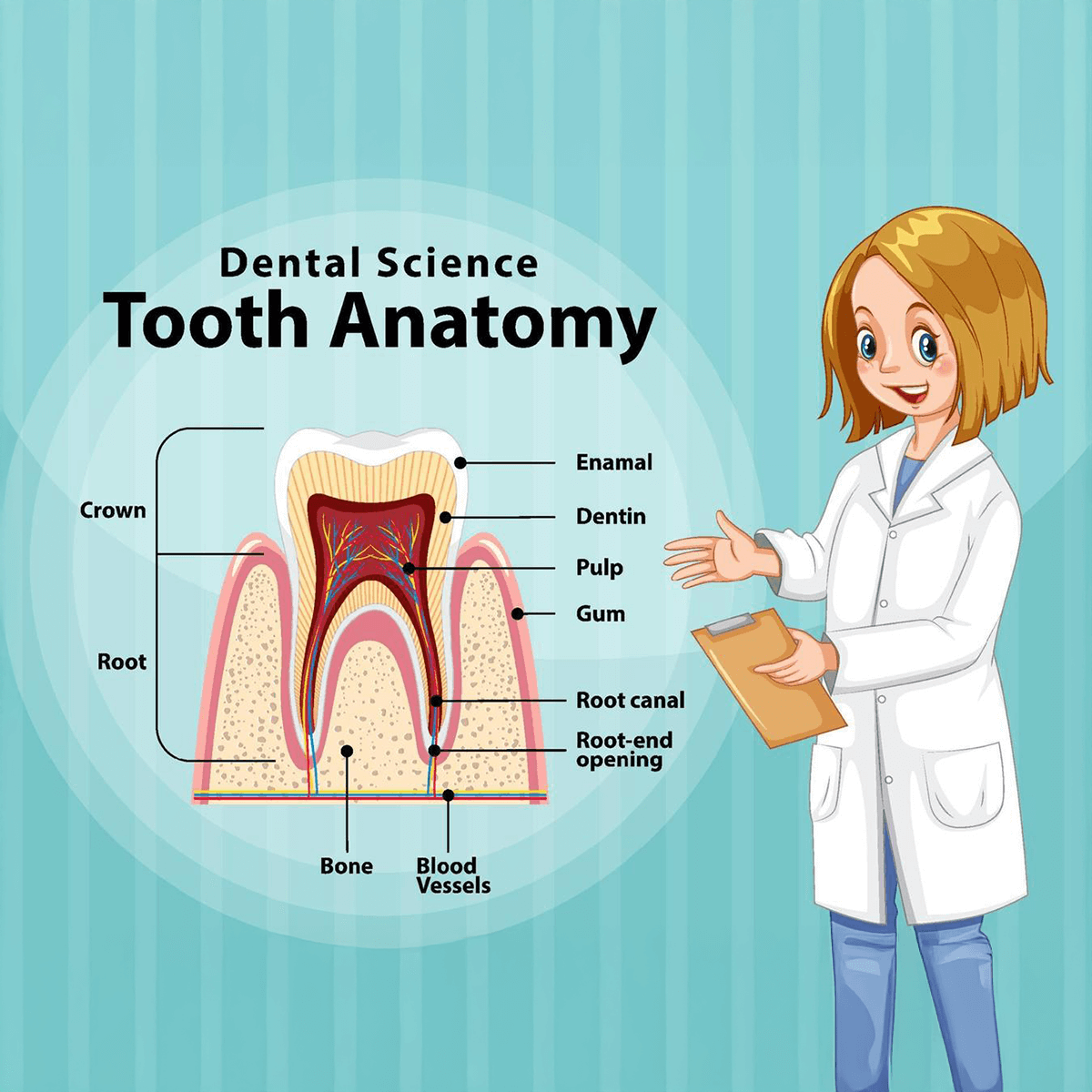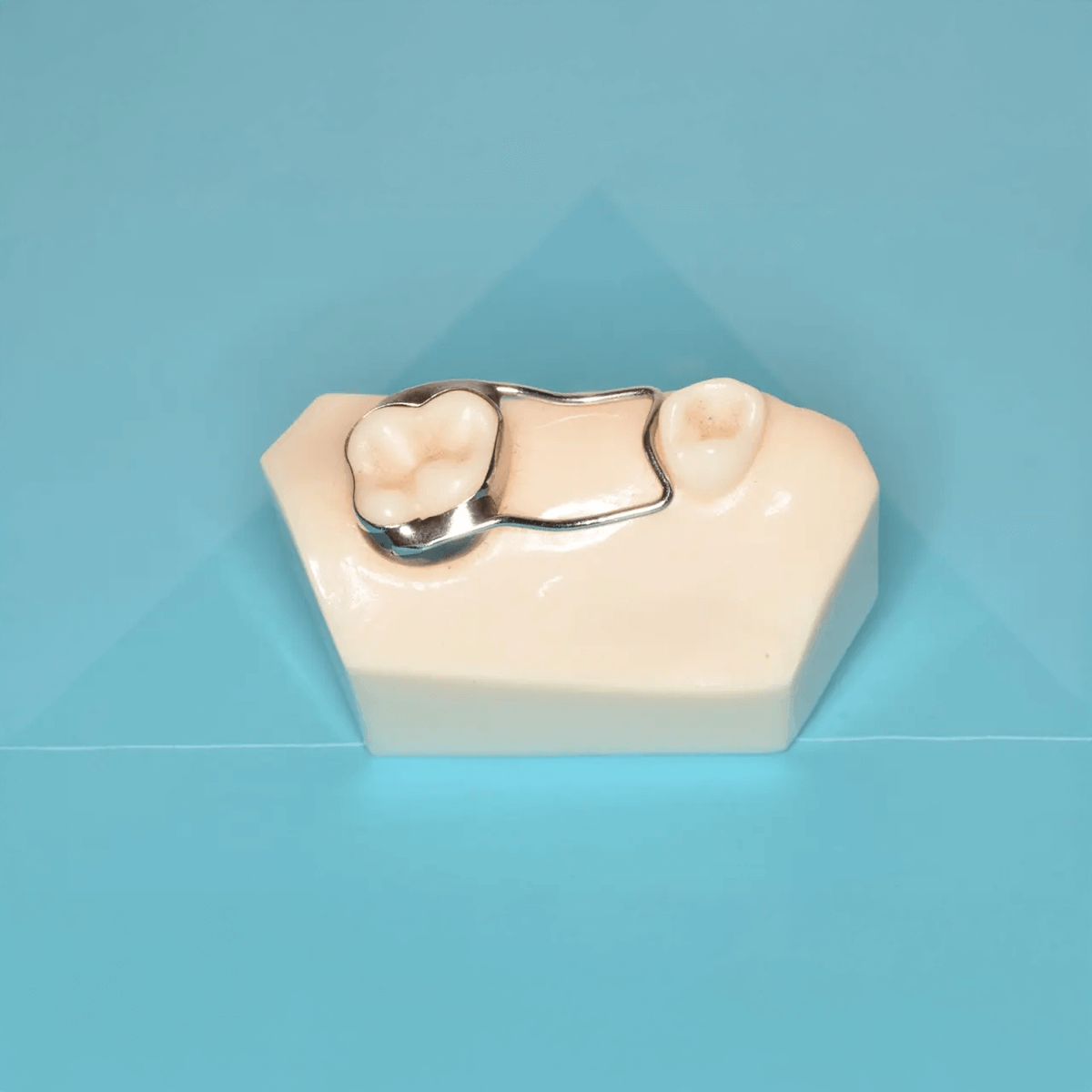All of our fillings are done in composite resins to match the color of the natural tooth. The dentist will clean the cavity area, apply a bonding agent, and then fill it with the white composite resin. The filling is hardened using a special light and shaped to match the tooth’s natural form.In short, white fillings are a good choice for baby teeth, offering both cosmetic and functional benefits while being safe and effective for kids.
Pediatric Dentistry
Restorative Care
Our office offers a variety of restorative services to help repair and maintain
children's teeth.

Fillings
Anterior Crowns
White anterior crowns on baby teeth are tooth-colored crowns specifically designed to cover and protect the front (anterior) teeth of children that have extensive decay or damage. These crowns are made from composite resin and help with aesthetics and to give a more natural appearance.


Stainless Steel and Tooth-Colored Zirconia Crowns
A stainless- steel crown (SSC) is a common dental treatment for baby (primary) molars that are severely decayed or damaged. These durable metal caps cover the entire tooth, protecting it until the baby tooth falls out naturally.
For children who might benefit from a more natural-looking smile, we also offer tooth-colored zirconia crowns. These crowns are made from a strong, ceramic material that blends seamlessly with the other teeth and is metal-free
Whichever option is best for your child, our goal is to restore comfort, function and confidence in their smile.
Pulpotomy (Baby root canal)
A dental pulpotomy is a procedure in which the infected or damaged part of the pulp (the soft tissue inside a tooth that contains nerves and blood vessels) is removed. This is typically done in primary (baby) teeth when the pulp is infected but the tooth is still healthy enough to be saved. The goal of a pulpotomy is to remove the infected tissue, disinfect the area, and then place a medicated filling to protect the tooth and help it heal.


Extractions
Removal of a tooth is sometimes necessary when a tooth is severely damaged, infected, or when the Orthodontist may recommend it to help with space and alignment.
Space Maintainers
A space maintainer is a dental device used to preserve the space left by a prematurely lost baby (primary) tooth until the permanent tooth is ready to come in. It’s typically used in children when a primary tooth is lost too early due to decay, trauma, or other reasons. The purpose of the space maintainer is to prevent the surrounding teeth from shifting into the empty space, which could lead to alignment issues or crowding when the permanent tooth eventually erupts.


